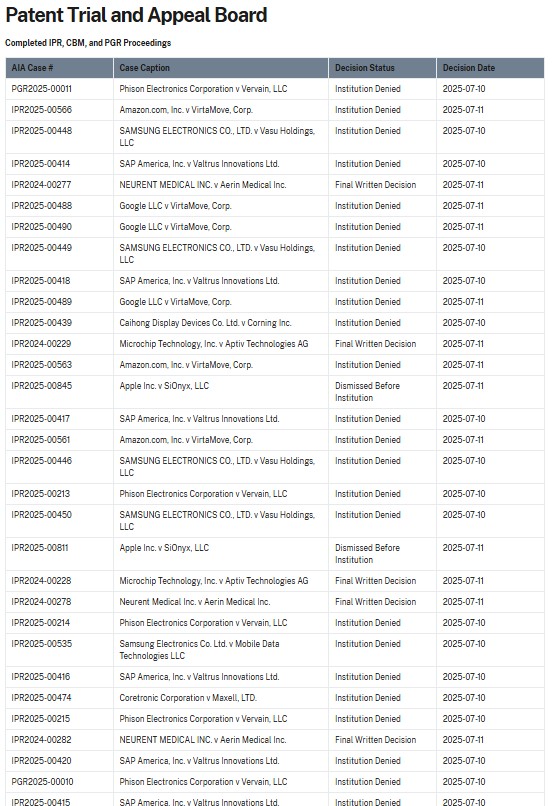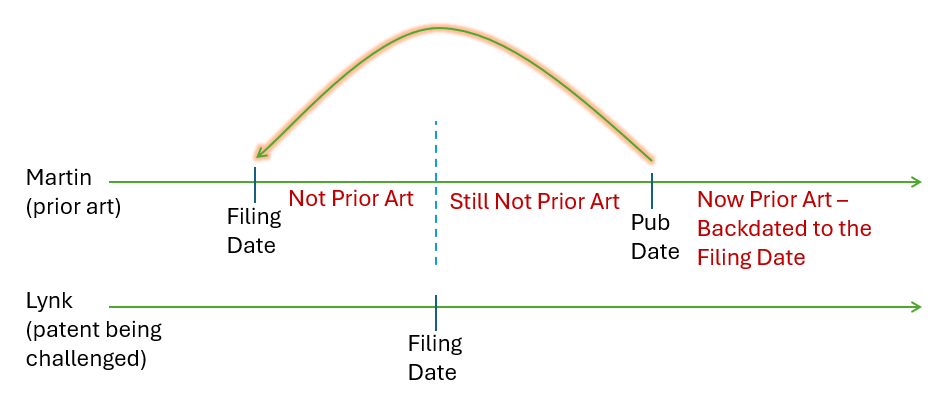by Dennis Crouch
In Alexander Milburn Co. v. Davis-Bournonville Co., 270 U.S. 390 (1926) [46_S.Ct._324], the Supreme Court established what has expanded into foundational patent law principle: all disclosures in an issued patent (whether claimed or unclaimed) serve as prior art against later filed patents, effective as of the earlier patent's filing date rather than its issue date. This doctrine of "springing prior art" emerged from a dispute over welding and cutting torch technology, where the Court held that John Whitford's asserted patent (US1028410) for an oxy-acetylene cutting apparatus was invalid because Clifford had, a few months earlier, filed a patent application that fully disclosed the same invention—even though Clifford did not claim the features patented by Whitford. Justice Holmes, writing for a unanimous Court, reasoned that allowing Whitford to "profit by the delay" of the Patent Office in processing Clifford's application would undermine the fundamental requirement that a patentee must be the "first inventor." I wanted reach back to this old case to highlight how deeply the Milburn doctrine has influenced modern patent prosecution and litigation strategies. The principle of "springing prior art," articulated 99 years ago, now significantly shapes patent law practice.
To continue reading, become a Patently-O member. Already a member? Simply log in to access the full post.

